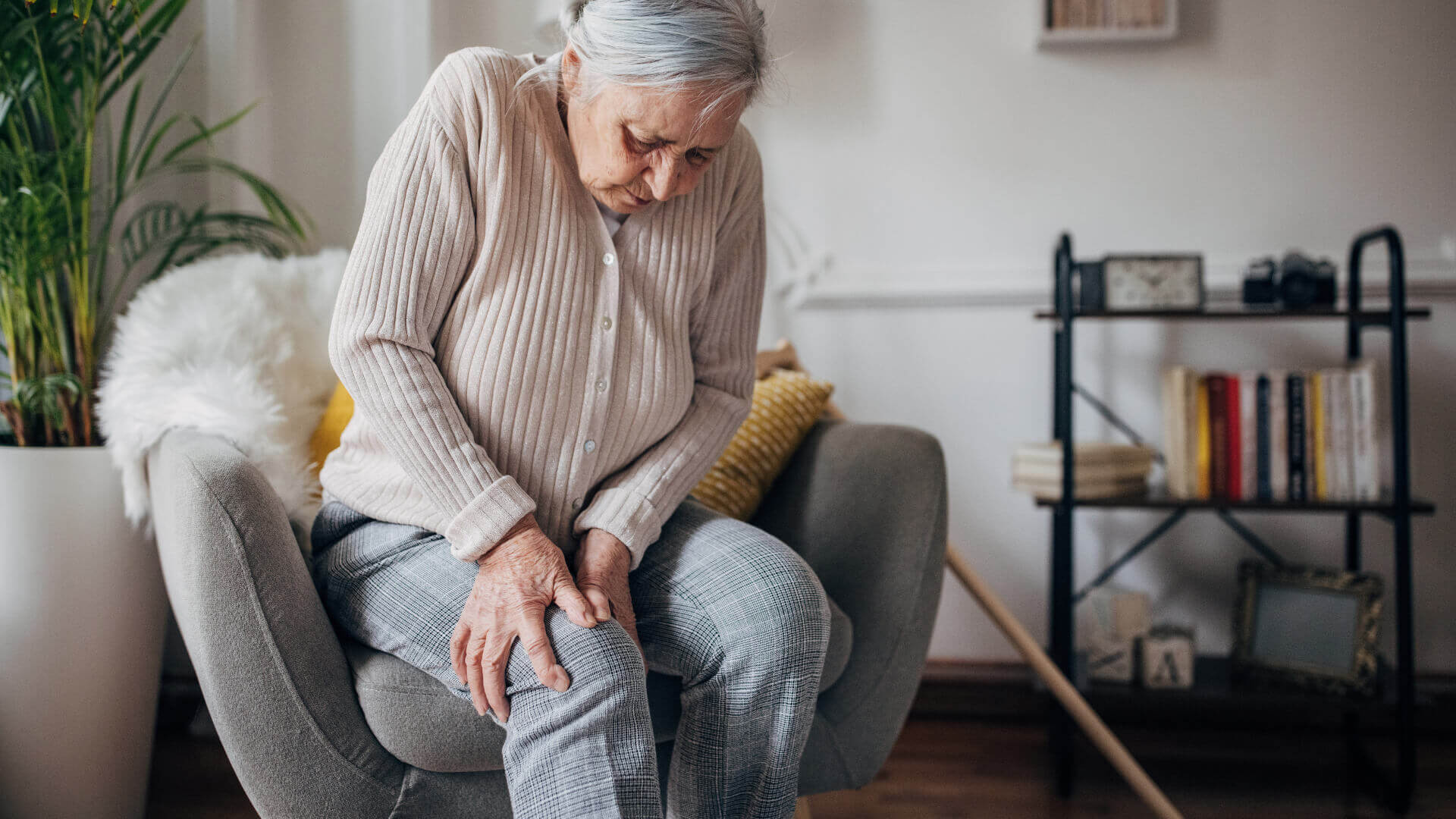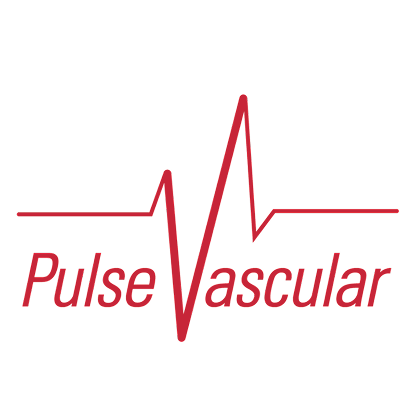
There are several medical conditions, including venous disease that can lead to swelling in the legs. This medical problem changes the way that the valves work in the legs, preventing proper blood flow to the heart. Our physicians can help a patient overcome the heavy feeling and discomfort in the legs with a variety of treatments. However, there are also things that patients can do to alleviate leg pain and swelling.
Tip 1: Consume a Low-sodium Diet
Changing to a low-sodium diet can help to prevent edema in the legs. Patients with swelling in the legs should read the labels on processed foods at the supermarket along with using caution while preparing meals or eating in restaurants. It is important to remember that many beverages such as soft drinks are also high in sodium.
Tip 2: Frequent Exercise
Remaining sedentary can lead to swollen tissues and pain in the legs. Individuals who sit most of the time are more prone to having swollen ankles and feet. It is a good idea to walk around frequently to keep the blood and other fluids in the legs flowing, helping to prevent edema.
Tip 3: Massaging the Legs
Massaging the legs can help with alleviating discomfort and reducing swelling. Patients with swollen and painful legs can visit spas for professional massages, or it is possible to massage the legs at home with the hands. There are also leg-massaging machines that a patient can use at home.
Tip 4: Wearing Compression Stockings
With a physician’s approval, a patient can wear compression stockings for venous disease in the legs. Compression stockings help to reduce swelling in the legs along with improving the flow of blood.
For additional information about treatments for leg pain, including non-surgical options, patients can contact Pulse Vascular at 631-534-7246.
